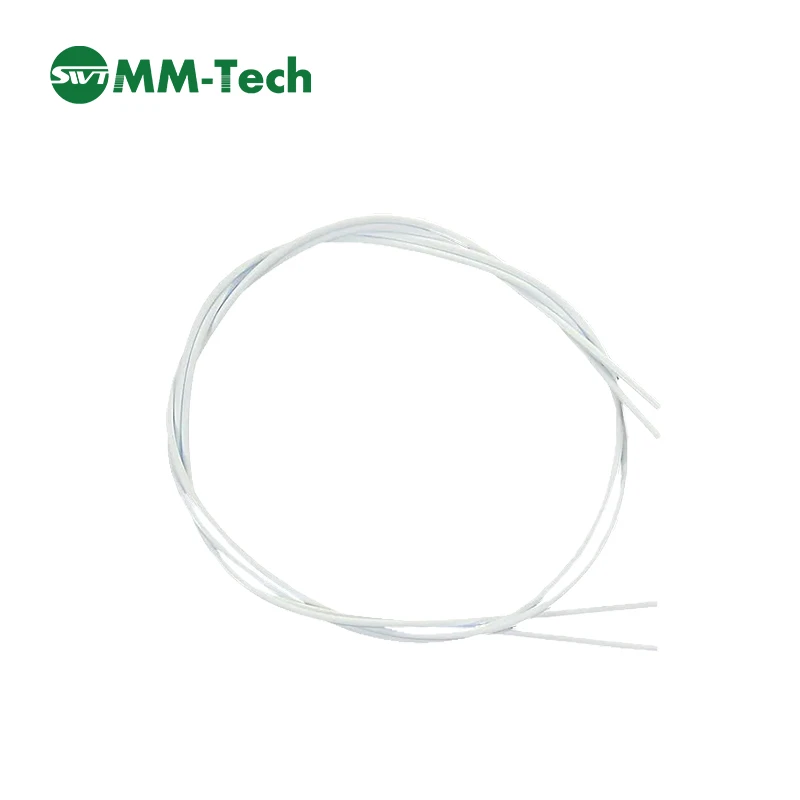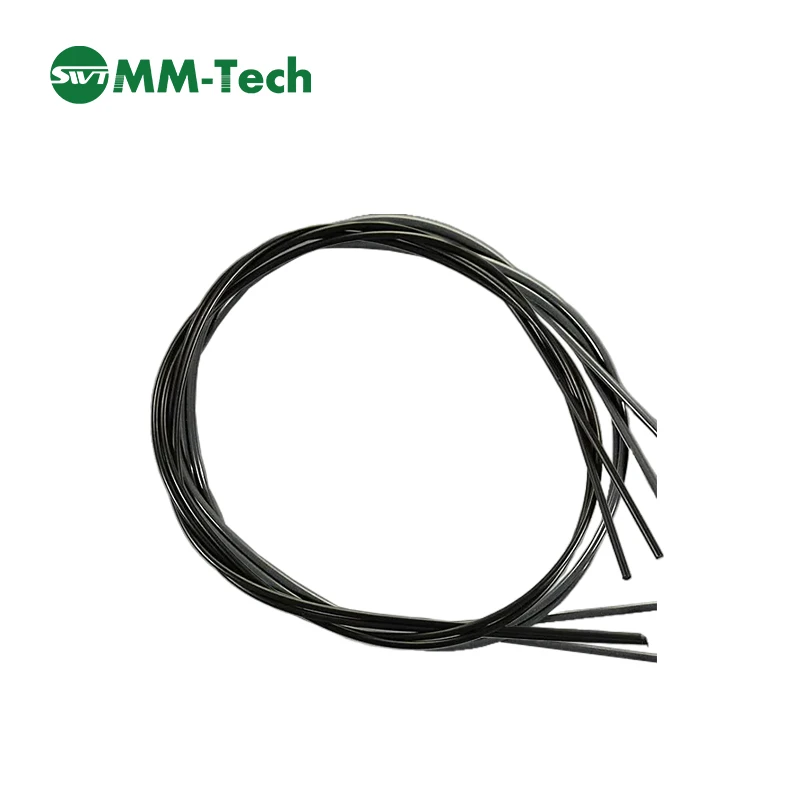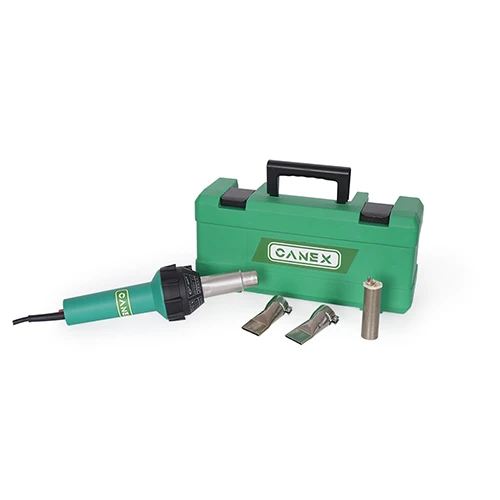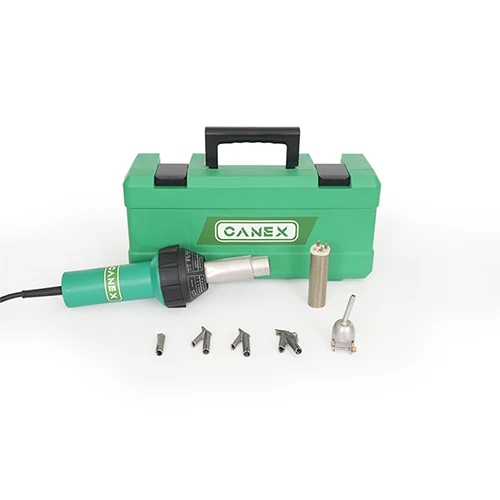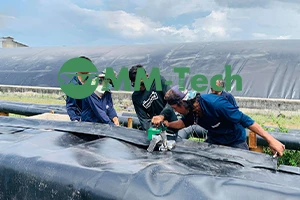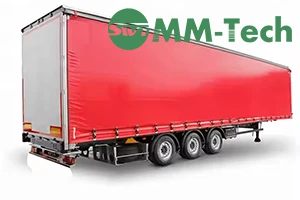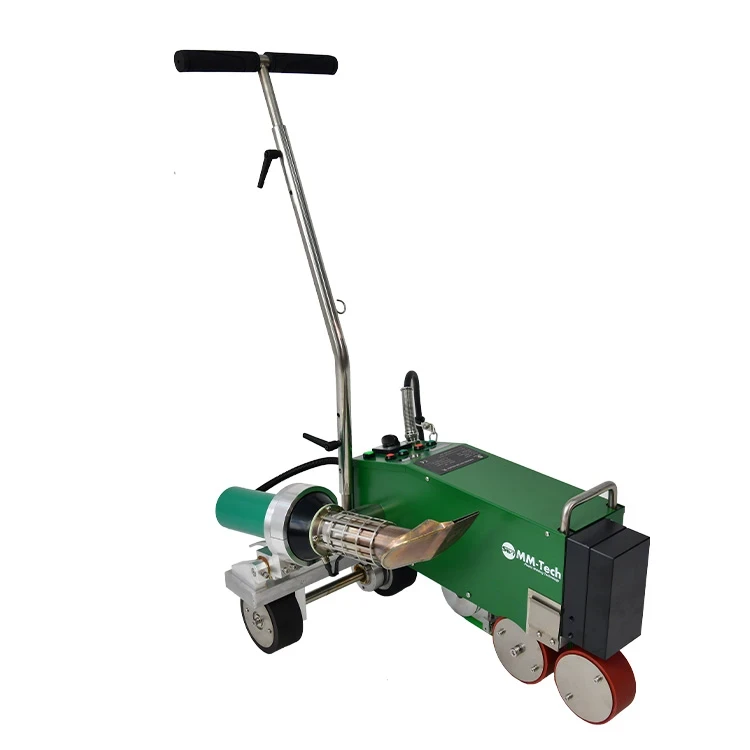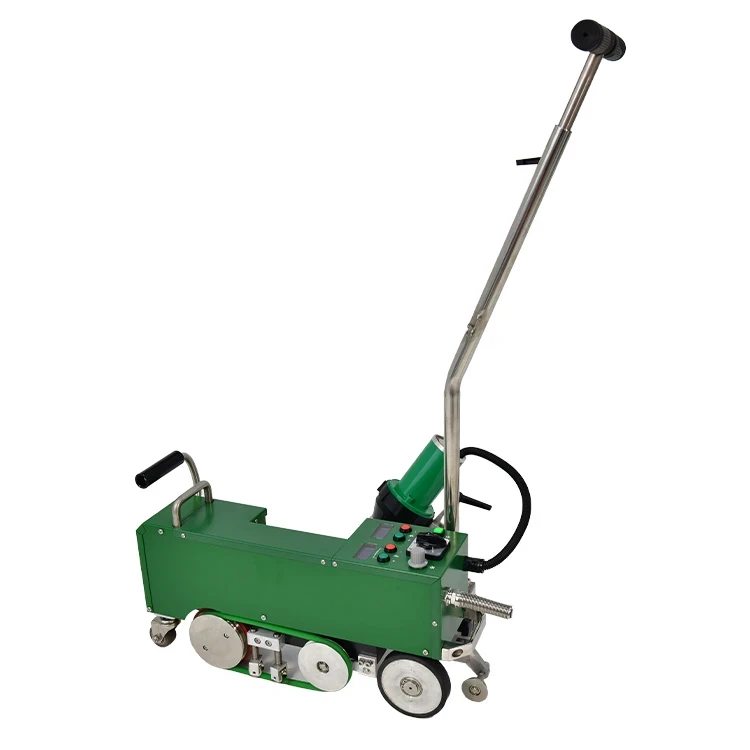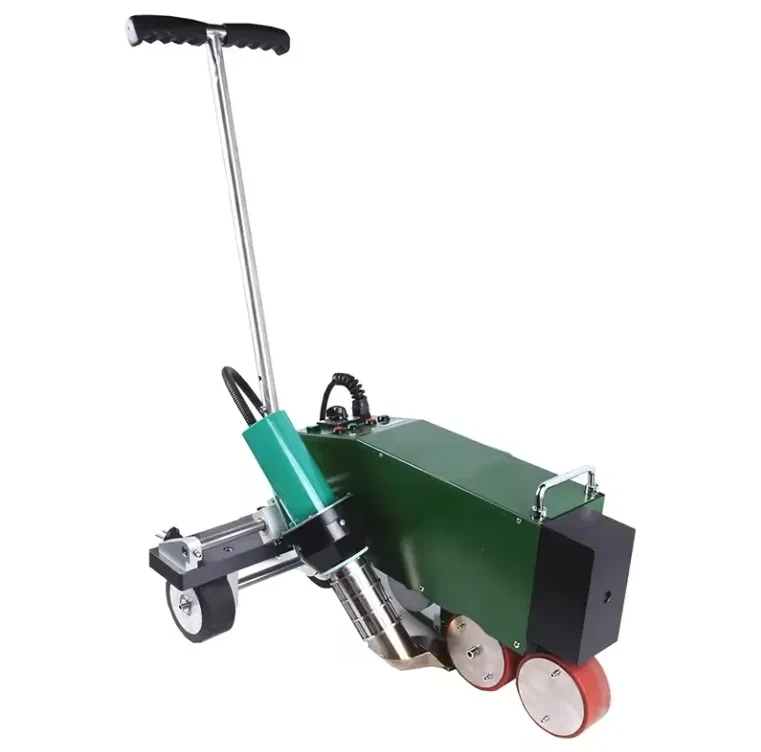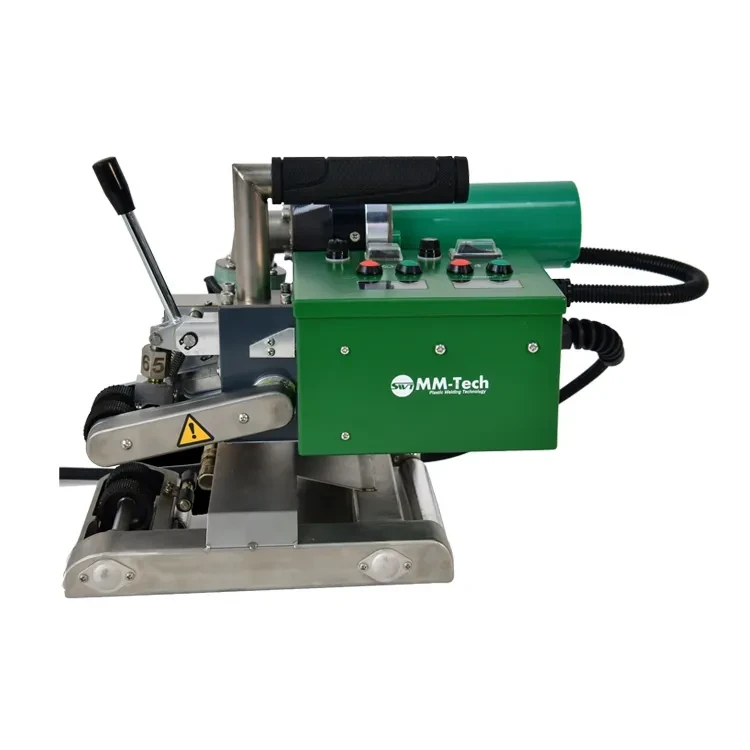-
 E-mail:info@peweldingmachine.com
E-mail:info@peweldingmachine.com
-
 +86-137 3974 5191
+86-137 3974 5191
-
 Adicionar:
Adicionar:Nº 355, Rua Youyi, Distrito de Qiaoxi, Shijiazhuang, Hebei, China.
How Do Hot Air Welding Machines Revolutionize Plastic Joining?
Jun . 04, 2025 16:40
In the realm of plastic fabrication and repair, hot air welding machines have emerged as indispensable tools, offering precision and durability for a wide range of applications. The máquina de solda a ar quente, máquina de solda quente, máquina de solda de plástico com pistola de ar quente, PVC heat welding machine, and PVC hot air welding machine are key variants within this category, each designed to meet specific material and project requirements. These machines leverage controlled heat and air flow to fuse plastic materials, creating strong, seamless joints in industries ranging from construction to manufacturing.
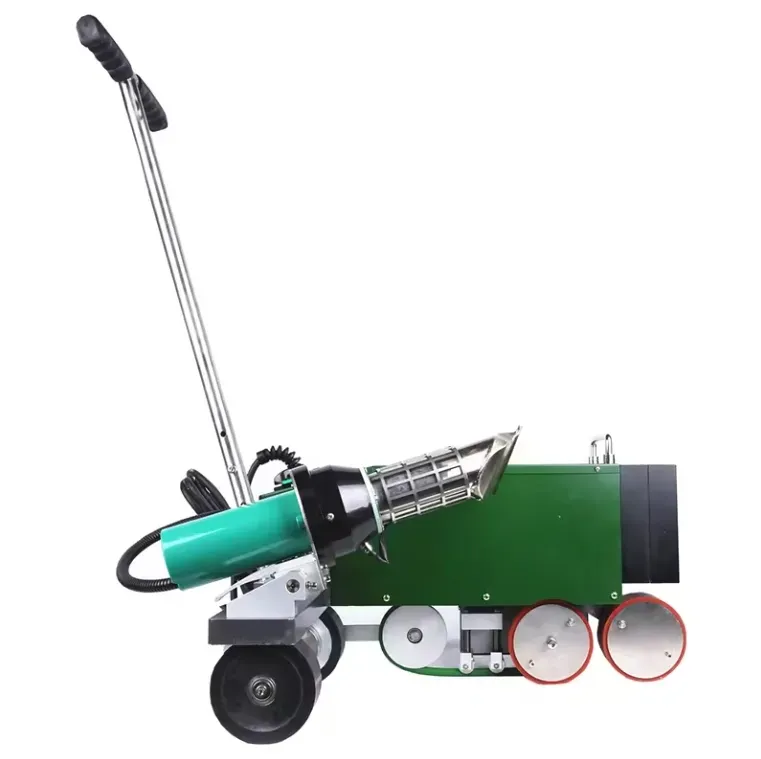
The Mechanics and Versatility of Hot Air Welding Machines
A máquina de solda a ar quente operates by directing a stream of heated air onto the plastic surfaces to be joined, along with a filler rod, to create a molten pool that bonds the materials together. This process is ideal for welding thermoplastics such as polyethylene (PE), polypropylene (PP), and polyvinyl chloride (PVC). For example, in the construction of plastic tanks or pipes, a máquina de solda a ar quente ensures leak - proof connections by melting both the base material and the filler rod simultaneously. The adjustable temperature and airflow settings allow operators to tailor the process to the thickness and type of plastic, ensuring consistent and reliable welds.
Exploring the Efficiency of Hot Welding Machines
Hot welding machines encompass a broad category of tools, including portable devices and industrial - grade systems. Portable hot welding machines with integrated hot air guns are widely used in field repairs, such as fixing damaged PVC tarps or plastic liners. These compact units offer mobility and ease of use, making them suitable for on - site projects. Industrial hot welding machines, on the other hand, are designed for high - volume production, featuring automated controls and higher heat output to handle large - scale plastic fabrication tasks, such as manufacturing plastic pallets or agricultural films.
Plastic Welding Machine with Hot Air Gun: A Precision Tool for Diverse Applications
The máquina de solda de plástico com pistola de ar quente combines the versatility of a hot air gun with specialized nozzles and accessories to achieve precise welds. This setup is particularly useful for intricate or small - scale projects, such as welding plastic model kits, repairing automotive trim, or creating custom plastic components. The hot air gun’s ability to deliver focused heat allows for detailed work, while the use of compatible filler rods ensures strong bonds. In the automotive industry, technicians often use this type of machine to repair plastic bumpers or interior panels, saving time and costs compared to full component replacement.
PVC Heat Welding Machines: Tailored for PVC Materials
PVC heat welding machines are specifically engineered to work with polyvinyl chloride, a common thermoplastic used in applications like flooring, roofing membranes, and water beds. These machines generate the optimal heat range to melt PVC without causing degradation, ensuring strong and flexible welds. For instance, in the installation of PVC roofing membranes, a PVC heat welding machine creates secure seams that withstand weathering and UV exposure. The machines often feature temperature controls and pressure rollers to ensure uniform welds, making them essential for projects where water tightness and durability are critical.
PVC Hot Air Welding Machine: Streamlining PVC Joining Processes
A PVC hot air welding machine offers a specialized solution for welding PVC sheets, pipes, and profiles. The hot air gun component delivers a steady stream of heated air to soften the PVC surfaces, while the operator guides a filler rod into the joint to create a robust bond. This method is widely used in the production of PVC banners, inflatable structures, and industrial curtains. The machine’s adjustable settings allow for precise control over the welding speed and heat input, ensuring consistent results across different thicknesses of PVC material.
FAQ: Key Insights for Hot Air Welding Machine Users
What factors should I consider when selecting a hot air welding machine?
When choosing a máquina de solda a ar quente, consider the type and thickness of the plastic material, the required welding speed, and the project’s scale. For PVC applications, opt for a PVC heat welding machine or PVC hot air welding machine with temperature settings optimized for PVC. Portable hot welding machines are ideal for small - scale or on - site work, while industrial models are better suited for high - volume production. Additionally, check the machine’s compatibility with filler rods and available accessories, such as nozzles and pressure tools.
How do I maintain a hot air welding machine for optimal performance?
Regular maintenance is key to prolonging the life of your machine. Clean the hot air gun nozzle regularly to remove plastic residue, which can clog the airflow and affect heat distribution. Inspect the power cord and connections for signs of wear or damage. Lubricate moving parts, such as hinges or rollers, according to the manufacturer’s guidelines. Store the machine in a dry, dust - free environment to prevent corrosion and ensure consistent performance.
Can I weld different types of plastic with the same machine?
Most hot air welding machines are designed for specific types of thermoplastics. While some machines may be adjustable to work with multiple materials, it’s essential to verify compatibility. For example, a PVC hot air welding machine is optimized for PVC and may not achieve optimal results with PE or PP. Using the wrong machine for a material can lead to weak welds or material degradation. Always consult the manufacturer’s specifications to ensure the machine is suitable for your project’s plastic type.
What safety precautions should I take when using a hot welding machine?
Safety is critical when operating hot air welding machines. Always wear heat - resistant gloves and protective eyewear to prevent burns and eye injuries. Work in a well - ventilated area to avoid inhaling plastic fumes. Keep the hot air gun nozzle away from flammable materials and never leave the machine unattended while it’s powered on. Allow the machine to cool completely before storing or performing maintenance.
How does the thickness of plastic affect the welding process?
Thicker plastic materials require higher heat and longer welding times to ensure proper melting and bonding. With a máquina de solda a ar quente, you may need to increase the temperature setting and adjust the speed at which you move the gun and filler rod. For thin plastics, use lower heat settings to avoid melting through the material or causing warping. Always practice on scrap material first to determine the optimal settings for the specific thickness and type of plastic you are working with.
Produtos relacionados
Vídeo relacionado
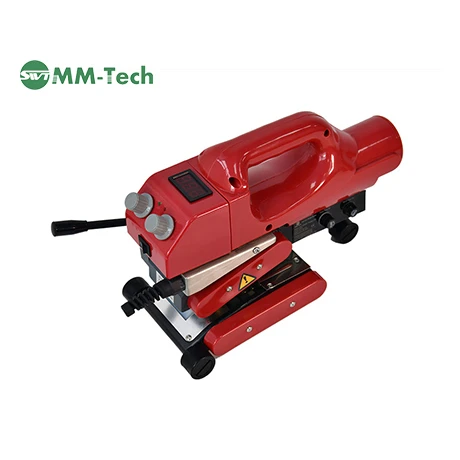

Soldador Geo Hot Wedge com display digital SWT NS800D Guia de operação
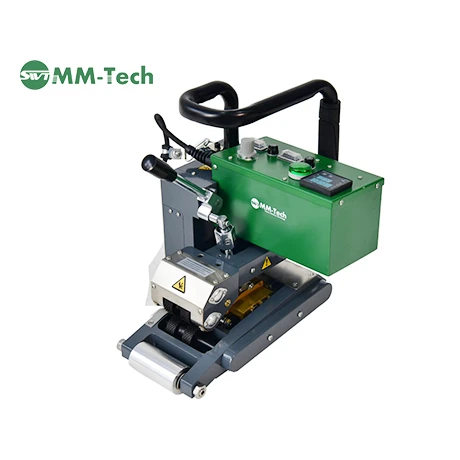

Guia de operação do soldador de cunha quente geotérmica para serviços pesados SWT-NS900
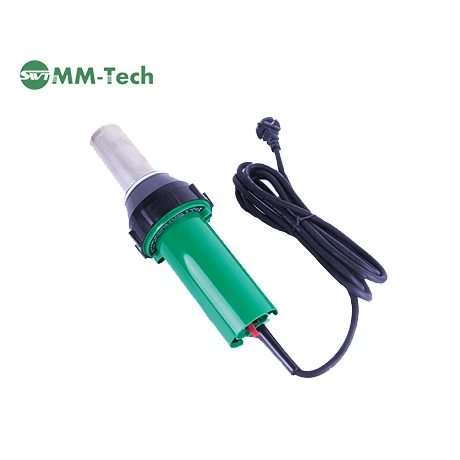

Guia de operação da poderosa ferramenta profissional de ar quente SWT-NS3400A


Guia de operação do Geo Hot Wedge Welder SWT NS800
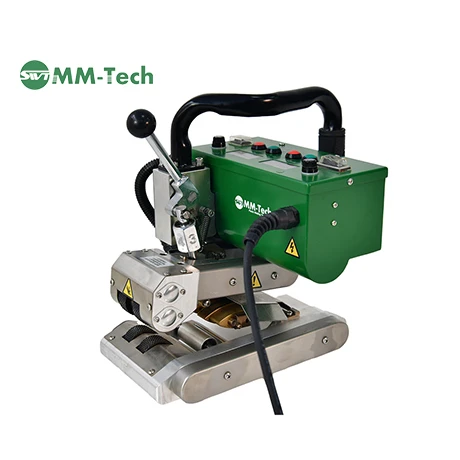

Guia de operação da máquina compacta de solda de cunha quente HDPE SWT-NSGM1
Notícias relacionadas
ASSINAR NEWSLETTER
Dear customer, thank you for your attention! We provide high-quality machinery and equipment and look forward to your orders. Please inform us of your needs and we will respond quickly!









